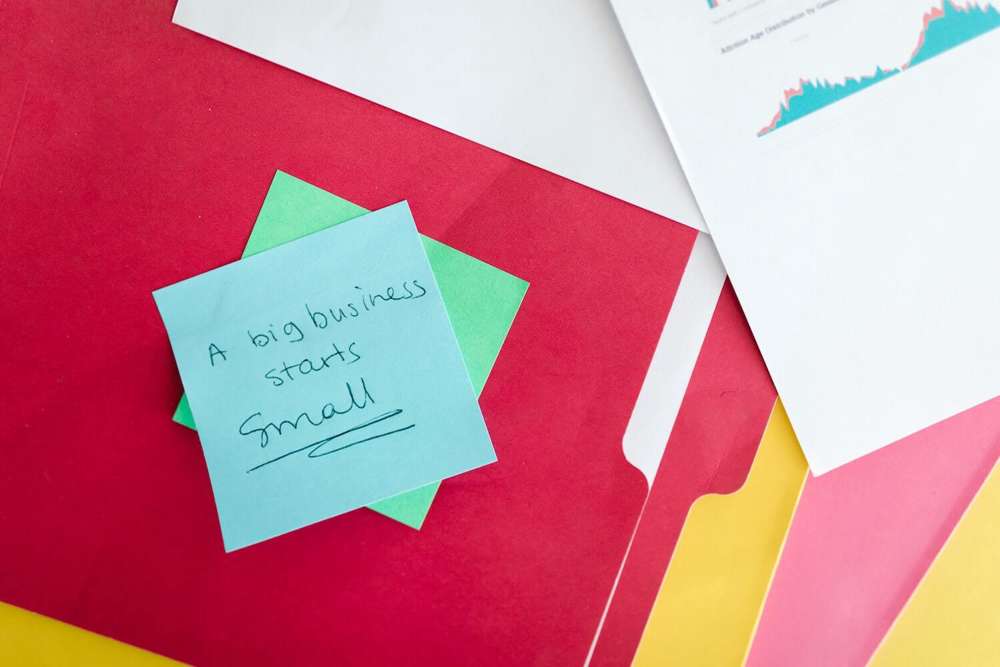How Crowdfunding Works For Entrepreneurs

Looking to fund your startup? You may not have to look further than crowdfunding platforms such as Kickstarter, Gofundme, and Indiegogo. But it all depends on how great you are at spreading the word and how worthwhile your new business venture is to the masses.
Crowdfunding is the act of raising small amounts of money online from several individuals. If done properly, crowdfunding can be a great way for a startup to gain enough funding to launch their product or service.
There are three types of crowdfunding:
- Debt Crowdfunding where investors receive their money back with an interest rate.
- Donation Crowdfunding where investors genuinely believe in the cause and expect no funds in return.
- Equity Crowdfunding where investors invest for an exchange in equity.
We’ll be focusing on the second type; asking for money online from absolute strangers who believe enough in your passion project to fund it.
Creating Your Crowdfunding Page
When setting up your Gofundme or Kickstarter profile, you want to first focus on your description. Mention the goals of your business, your plans for making a profit, how much funding you need (and what you’re doing to do with each dollar) — lay everything out there for the world to see. Be honest and upfront about your plans while also sounding enticing and attractive to potential investors.
For example: A family couple (Rich and Vicki Fulop) from Brooklyn started a crowdfunding campaign back in 2013 for their startup Brooklinen. On their page, they used big and bold images of pets on beds with their Brooklinen sheets. Their description simply stated, “We offer great sheets direct-to-consumers without forcing them to compromise on quality, style or price.” The Kickstarter ended up raising $236,000+ and their startup is now a million-dollar company.
Make sure to incorporate any branded images (make sure they’re bright and include people if possible!) and any walkthrough videos that can further explain your concept to your audience. And for your fundraiser title, don’t be afraid to add a little personality and make it action-driven.
Sharing Your Crowdfunding Page
The next very important step to having a successful fundraising campaign is sharing it!
- Start with your personal connections — friends, family, coworkers — and ask them to share it with their personal connections.
- Post about it across your social media channels.
- Write a blog about it on your website.
- Find Facebook and LinkedIn groups that would welcome a post about it.
- Connect with similar brands or other local businesses and ask them for a quick shoutout.
It’s also pertinent for you to post regular updates on your Gofundme or Kickstarter page. Talk about how funds are being used as they come in. Give big shoutouts to recent donations made. Get personal about your family life or how you came up with the idea behind your startup. However more you can connect with your audience and get them to share your crowdfunding page the better.
Crowdfunding is a great way to learn how feasible your small business idea really is. If people like your message and your idea, they will back it. If something is off, they won’t. That’s honest feedback you use to formulate your next business idea.
If you need some inspiration, take a look at the original crowdfunding pages for Exploding Kittens (the most-backed Kickstarter project of all time), Allbirds, Pebble, and Popsockets.
Many great ideas have gotten off the ground by getting an initial buy-in as funding. Why not take your shot at crowdfunding and see if it sticks?
Have a question about this topic or anything else? Just ask!
Share this Article!
Want to write an article for our website? Learn more and submit a guest blog here.


